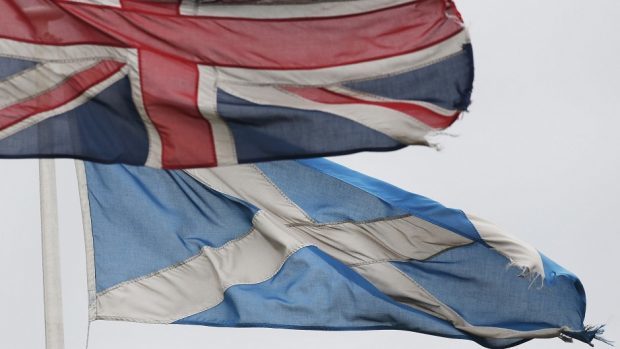Andrew Liddle looks at all you need to know about the Scotland Bill and Fiscal Framework…
What is the fiscal framework?
Currently, Scotland receives about £30billion a year in a so-called block grant from Westminster. That amount is calculated by the Barnett Formula.
But, with the major new tax and spend powers in the Scotland Bill, the amount received via the Barnett Formula will be reduced, because the Scottish Government will raise its own revenue.
Therefore the Scottish and UK Governments had to come to a new agreement on the budget of the devolved administration would be funded.
Now there’s a deal, what will happen next?
With a fiscal framework in place, the Scotland Bill can now be voted on in both Holyrood and Westminster.
Assuming it passes, it will devolve major new tax and spend powers to the Scottish Government that can be used from next year.
These include setting the rate of income tax and control of welfare benefits.
It is up to the political parties in Scotland to outline how they would use these new powers, if at all.
With the election on May 5, party manifestos outlining their plans for the new powers are likely to be published in the coming weeks.
Will income tax go up?
This is up to political parties.
Scottish Labour has already said it would reintroduce a 50p top rate band in Scotland, while the Scottish Conservatives have committed to not imposing higher taxes than the rest of the UK.
The Scottish Liberal Democrats have also said they would create a “zero-band” to effectively raise the personal allowance.
The policy position of the SNP is less clear, although the party insists its plans will be “progressive”.
What else could happen?
From next year, the Scottish Government will also get control over almost £3billion of welfare spending, as well as the ability to tailor that spending as they see fit.
It will also be able to make top-up payments on reserved benefits, such as tax credits and child benefit.
The Scottish Government could, in theory, therefore reverse George Osborne’s proposed cut to tax credits – a position advocated by Scottish Labour.
Any administration will also have the power to create new benefits in devolved areas.
Will the deal have any effect on the budget approved by parliament yesterday?
No, the powers contained in the Scotland Bill will not be able to be used until next year.
